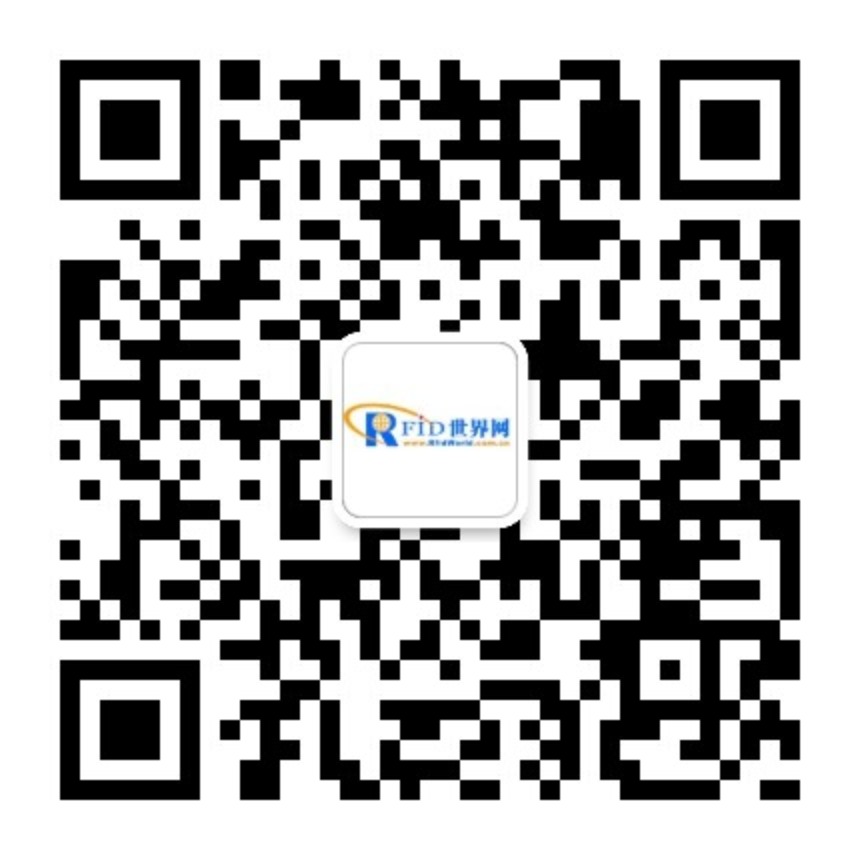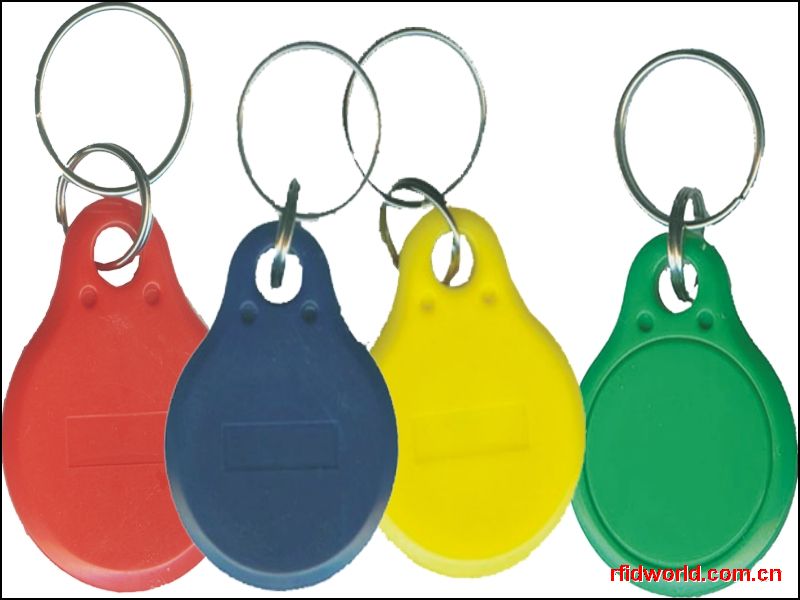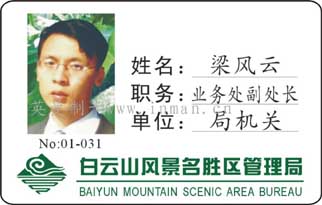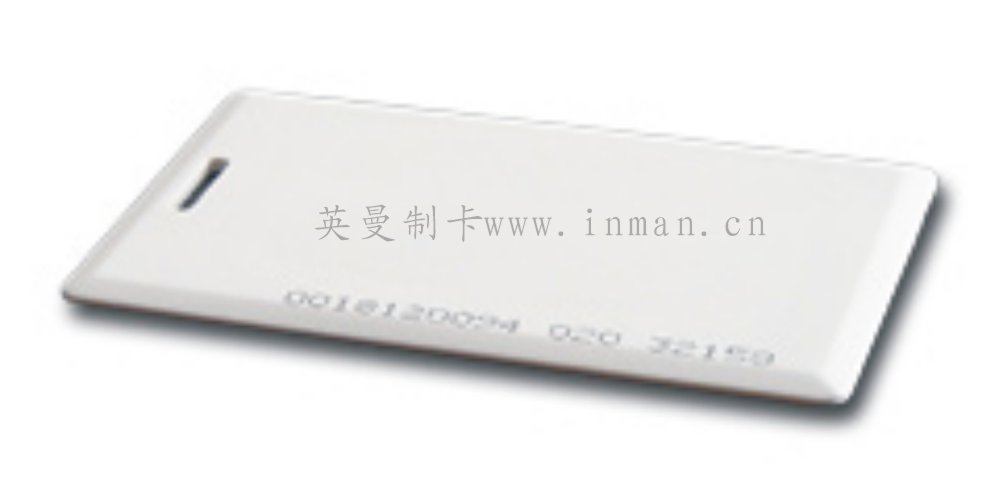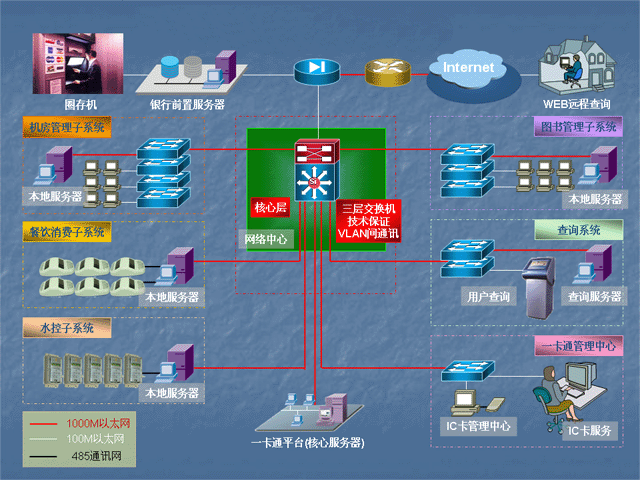中国珠海Novetex纱厂试验EPC Gen 2标签改善仓库管理
作者:林德源 摘
来源:RFID世界网
日期:2006-12-17 10:18:28
摘要:中国广东省珠海Novetex纱线制造商正在使用Gen 2 EPC 标签识别和定位仓库中的纱线。
Novetex是一家总部位于香港的毛纺制造商,正在RFID集成商的帮助下开展RFID项目。一期项目时间从2005年的十月到2006年的3月,集成商是位于香港的 Supply Chain & Logistics Technology Ltd. (SCL)公司,使用的标签是 UPM Rafsec 的Gen 2 EPC标签,预计一期使用200,000张,读写器是Alien Technology公司的。中间件是SCL公司自已的Avanti RFIDnet middleware中间件,数据使用Microsoft SQL Server 2005。
By RFIDJournal Jonathan Collins
Jan. 5, 2006—Hong Kong-based Novetex, reportedly the world's largest single-site woolen spinner, has begun deployment of an RFID system to track spools of yarn in its warehouse in the southern Chinese city of Zhuhai. The new RFID system was designed and installed by Honk Kong-based RFID integrator Supply Chain & Logistics Technology Ltd. (SCL), using tags manufactured by UPM Rafsec and interrogators (readers) from Alien Technology.
The project could also provide the basis for a larger deployment at Novetex. "[Initial RFID tagging will] demonstrate RFID capabilities at Novetex and illustrate the benefits of using RFID by automating the management of Novetex's assets," says Tyrus Yeung, project manager at SCL, a joint venture of the Hong Kong Polytechnic University and SCL's founder and CEO, SC Lee.
Jan. 5, 2006—Hong Kong-based Novetex, reportedly the world's largest single-site woolen spinner, has begun deployment of an RFID system to track spools of yarn in its warehouse in the southern Chinese city of Zhuhai. The new RFID system was designed and installed by Honk Kong-based RFID integrator Supply Chain & Logistics Technology Ltd. (SCL), using tags manufactured by UPM Rafsec and interrogators (readers) from Alien Technology.
The project could also provide the basis for a larger deployment at Novetex. "[Initial RFID tagging will] demonstrate RFID capabilities at Novetex and illustrate the benefits of using RFID by automating the management of Novetex's assets," says Tyrus Yeung, project manager at SCL, a joint venture of the Hong Kong Polytechnic University and SCL's founder and CEO, SC Lee.
Novetex will use around 200,000 Class 1 Gen 2 tags from Rafsec in its first phase of the deployment, which started in October and ends in March of this year. At the company's warehouse, workers attach tags to bagged bundles of nine spools of yarn as they arrive from the manufacturing plant. Once tagged, the bundles are taken through an RFID portal and placed on storage racks to complete the receiving process. Data generated by the RFID system is collected by SCL's own Avanti RFIDnet middleware and stored in a Microsoft SQL Server 2005 database. This database holds the unique EPC number of each bag's tag, associating that number with a description of the bag's contents and its storage location. The middleware also links to Novetex's existing warehouse management system.
To prepare an order for yarn, a worker walks through the warehouse, pushing a mobile cart containing an RFID reader with an antenna mounted on an arm, a notebook computer and a wireless connection to the application server and the database server. This allows information such as tag ID number and yarn storage location to be exchanged. The system also aids the worker in picking the appropriate tagged bags of yarn from racks in the storage area. The bags are stacked on a pallet and their tags removed, after which the order is shipped to the buyer.
While the tagged bundles are in storage, Novetex will use the mobile cart to check stock automatically, pushing the cart through aisles in the warehouse to capture the tag number of each bundle.
According to SCL, Novetex expects that by providing the company with a real-time accurate inventory of the yarn it produces, the RFID system will help it reduce time and manpower resources for managing the stock in the warehouse, while accelerating sales and purchase decisions. Using RFID promises to reduce the stock-counting process from one full day to just two hours, Novetex says, without any interruption to the warehouse operations.
Novetex will use the tags only within its own operations. "The tags do not store any meaningful information—just sequential unique identifiers that match with the information stored in the back-end database," Yeung notes. "We chose Gen 2 tags [because] they meant a significant improvement on the readability compared with same size Gen 1 tag, and they are priced at just 10 U.S. cents each, which is much cheaper than other, earlier tags."
After the first phase of the deployment ends in March, Novetex may expand its RFID system to include a different category of bundle on another floor in the warehouse. The exact schedule for this, however, has not yet been finalized.
Original Link: http://www.rfidjournal.com/article/articleview/2072/1/1/

 登录
登录
 注册
注册


